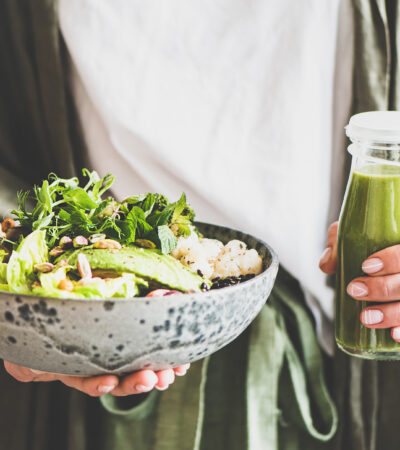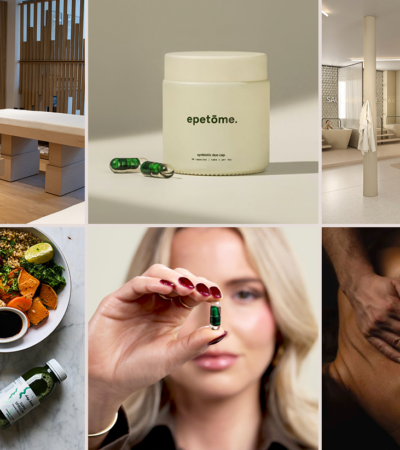In this edition of Hip & Healthy’s Beauty School series, we’re shining a spotlight on Mandelic Acid. Arguably the most gentle AHA out there, it’s an amazing exfoliator that doesn’t stress out skin or cause irritation. It also helps with things like hyperpigmentation and acne, making it an all-round super ingredient you definitely need to add to your skincare arsenal. Stat.
But what exactly is it and how should we be using it in our skincare routine? We tapped Arabella Preston, Co-Founder of Votary and Verden, to find out everything you need to know. So, get ready to swot up on this must-have beauty ingredient and bag yourself an A+ when it comes to all things mandelic acid.
So, What Exactly Is Mandelic Acid and What Does It Do?
Mandelic Acid is an AHA (alpha hydroxy acid) that’s used in medicine as an antibacterial and in skincare as a chemical exfoliant. It gently resurfaces skin to reveal a brighter, more even skin tone. It can be derived from almonds or created synthetically.
Can All Skin Types Benefit from It?
Yes. Mandelic acid is recognised as an AHA that even sensitive skin types can use. It penetrates the skin slowly thanks to its larger molecular size (it is a much higher weight than glycolic and even lactic acid) and is more oil soluble than other AHAs, which means it can benefit oily, congested skin too. What is more, its antibacterial and anti-inflammatory properties can be really beneficial for breakout-prone skin.
What’s the Best Way to Incorporate It into a Skincare Routine?
A weekly or twice weekly mask in the evening after cleansing is a great way to benefit from its radiance-boosting properties. Always cleanse your skin first, then apply your mandelic acid product. Follow with a nourishing oil or moisturiser.
Start with once a week, increasing to twice if your skin is tolerating it well. Any sign of prolonged redness or sensitivity should be a sign to slow down and ensure your skin barrier isn’t compromised. As with any AHA use, don’t combine high percentage mandelic acid products with retinol or physical exfoliants.
Make sure you don’t skip SPF the next day as any AHA use can increase sensitivity to the sun.
What Are the Pros and Cons of Using It?
There is always a risk of irritation with any AHA, so formula is key. A deeply nourishing mask, like the Votary Radiance Reveal Mask, is a great way to soften the impact of the mandelic acid whilst still benefiting from the exfoliation.
Mandelic acid is a great way to combat dull, uneven skin. There is even some evidence that mandelic acid helps to increase collagen production, making it a true age-defying hero!
Are There Any Misconceptions about Mandelic Acid You Want to Clear Up?
The higher molecular weight doesn’t necessarily make it less effective than other AHAs. I like to think of it as the more considered and thoughtful cousin to the showier glycolic acid. Yes, it is a little slower to act, but is potentially more of a long-term friend to your skin.
Unlike other AHAs, mandelic acid won’t increase the risk of discolouration in darker skin tones. Instead, it works to reduce hyperpigmentation and scarring in a really gentle, yet effective way.
words by Frankie Rozwadowska

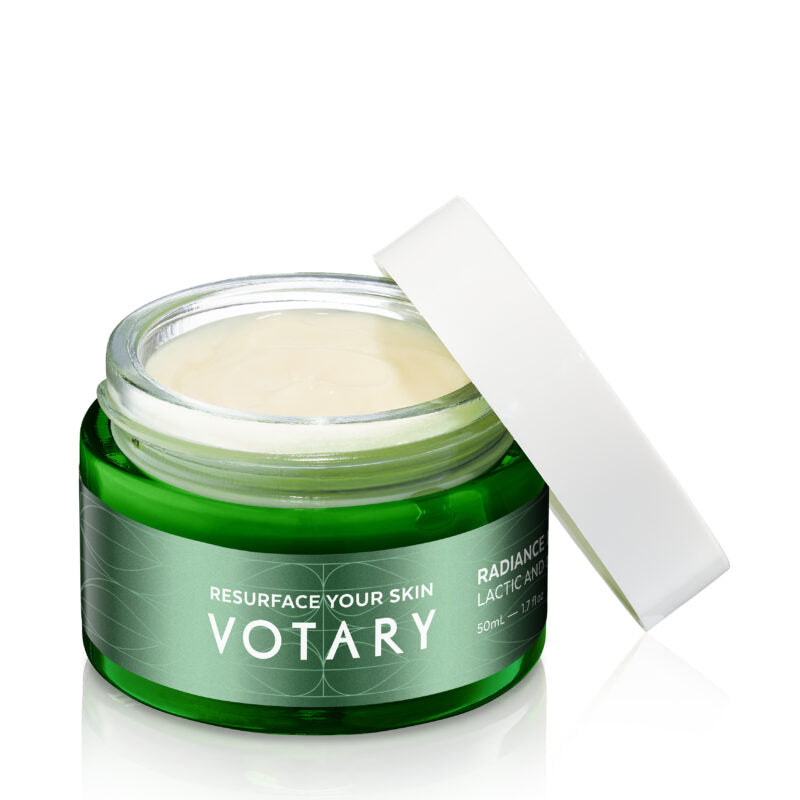
Votary ‘Radiance Reveal Mask’
– £65
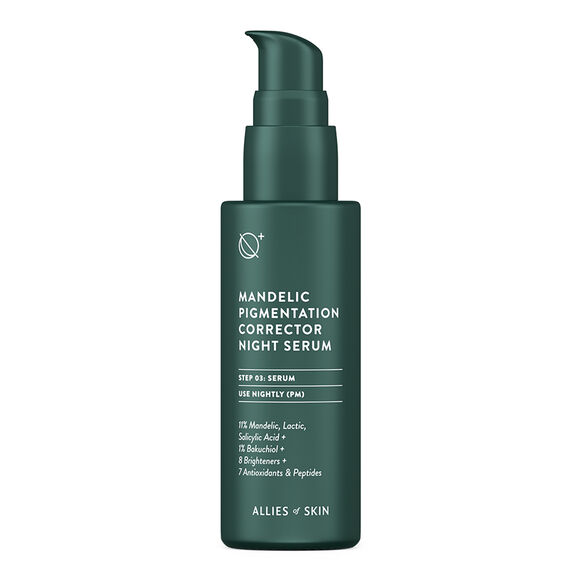
Allies Of Skin ‘Mandelic Pigmentation Corrector Night Serum’
– £98

The Ordinary Mandelic Acid 10% + HA
– £6.50
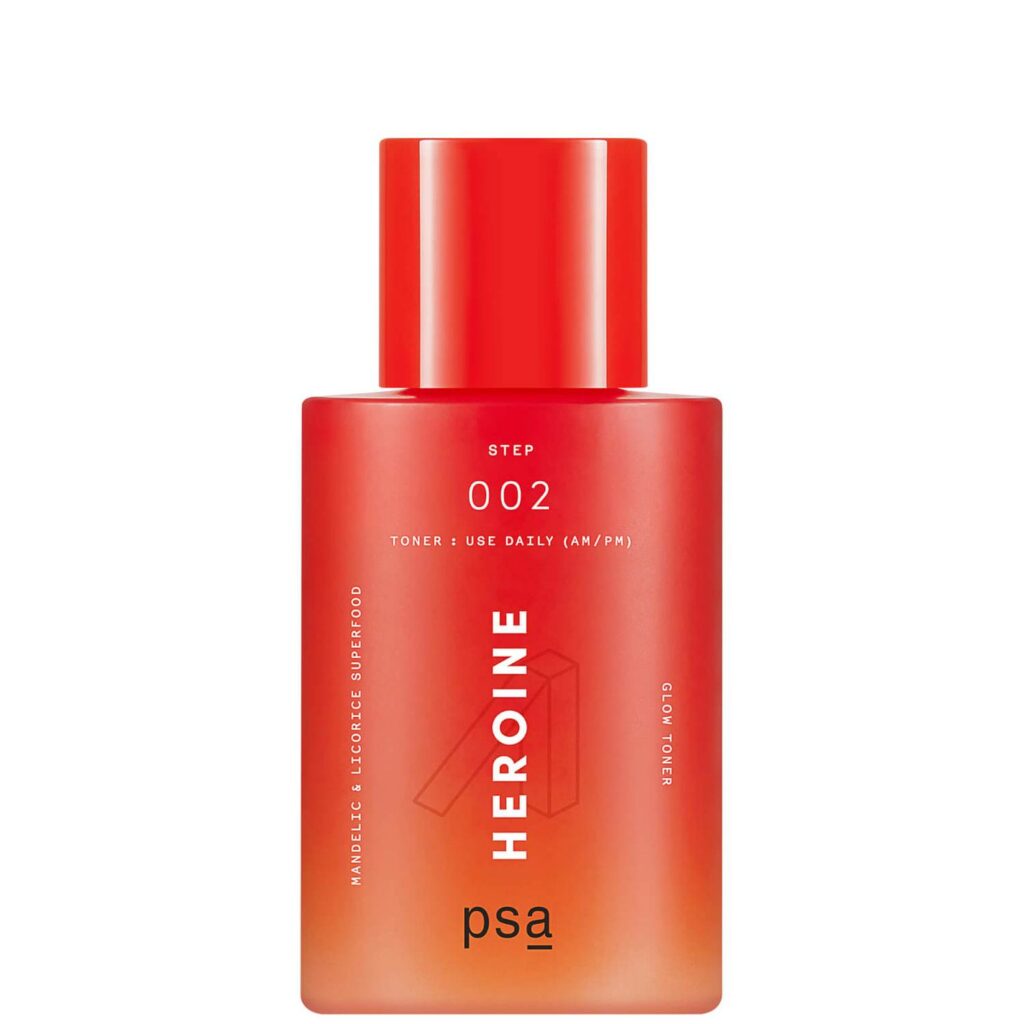
PSA Heroine Mandelic Acid Licorice Superfood Glow Toner
– £23.63










